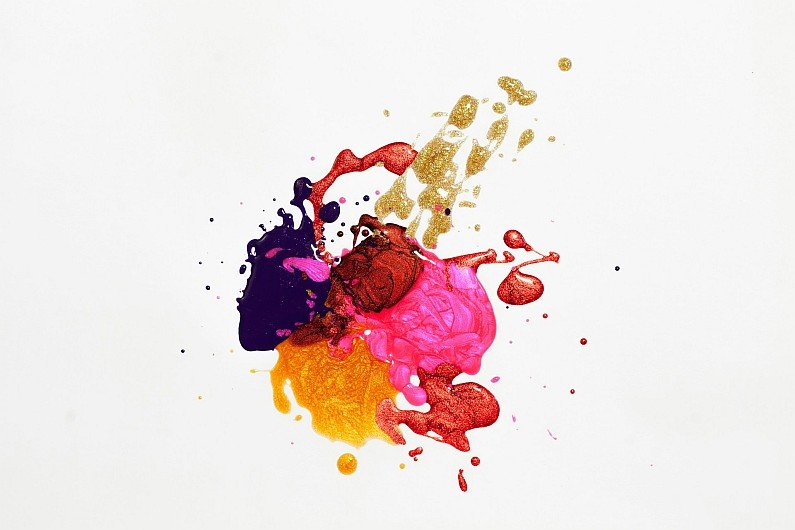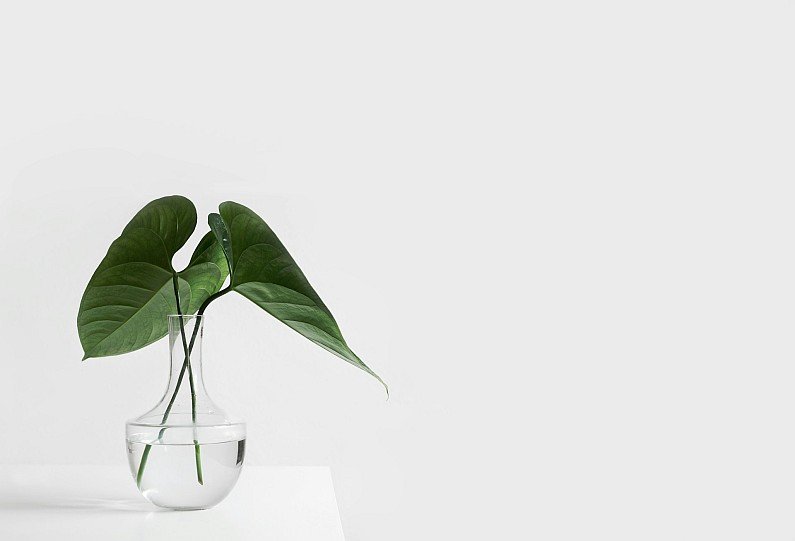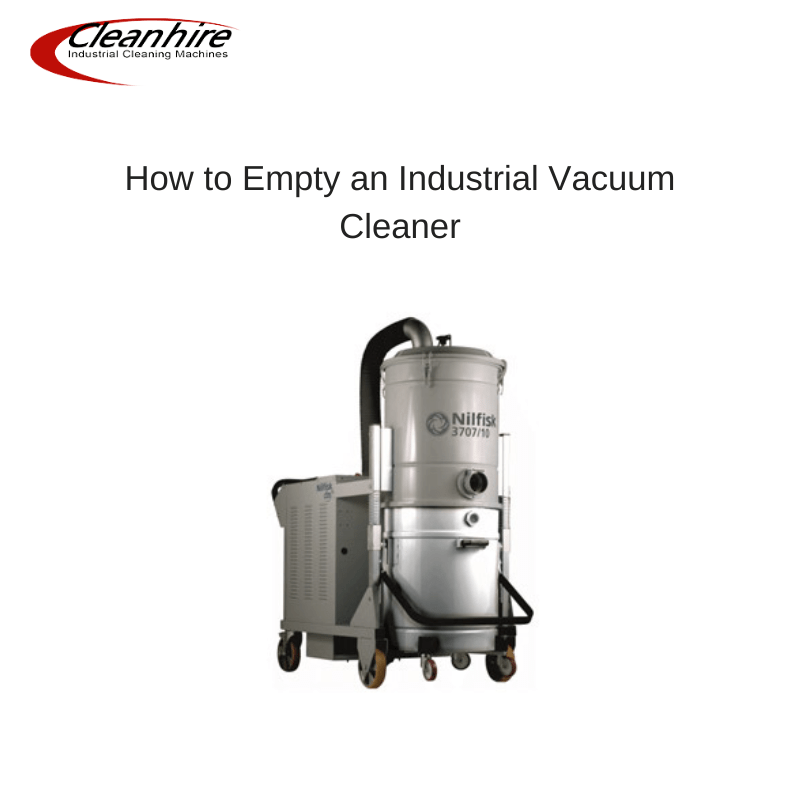[ad_1]
In all our years offering office cleaning services, we’ve seen… Well, every stain you can possibly imagine.
And maybe a few that you can’t.
In fact, some of the stains we’ve seen have been rather mysterious, to say the least – but being an office cleaner also requires some detective skills when it comes to identifying a stain, and the best way to tackle it.
Thing is, we get it… Spills happen all the time, especially in bustling offices. And when you’re working a busy and demanding job, properly stain-treating a spill is just going to get in the way of doing what you really need to do.
People take lunch at desks, and food gets spilled. Coffees, teas – Friday beers. We’ve even been right there at the very moment a coffee went over on someone’s desk!
Inks and toners, Tipp-Ex, dirty smudges on walls, that weird oily residue from Blu Tack…
We’ve seen all of this, and so much more.
How stains happen is one thing. Getting them out is a totally different game. And there are some stains we see time and again – where nobody’s really known what to do to get it out.
So, let’s cover the most common office stains we see all the time, and give you our handy resources for cleaning each one of them as best as possible.
The number one office stain? Coffee.
You probably already guessed it already.
Coffee is the leading stain maker in offices, thanks to its deep, rich colour and excessive consumption in the workplace. Coffee stains in office carpets and on office furniture are so common that we’ve hardly been in any working spaces without them! Thankfully, they’re not totally impossible to remove. We wrote a full guide on this, which you can read here:
Find out how to get coffee stains out of carpet
The topline advice? Treat the spill immediately. And if you can’t, you might have to repeat the process outlined in the post above a few times to get full stain removal. Or, you can hire a commercial carpet cleaning service to get coffee stains out with professional equipment.
Public enemy number two in stain town is… Tea, of course!
After coffee, tea is the next biggest stain culprit in offices. Tea is a little less aggressive than coffee for staining, especially when it’s had milk in – casein, a component of cow’s milk, reduces the ability of the tannins in tea to stain. A little fun fact for you there!
Black tea can be more coffee-like in colour and stain-worthiness, but if you follow the instructions for cleaning up a coffee spill in the office, you should have a similar level of success removing tea stains.
Other liquid stains
Liquids make up the majority of staining items in offices – and here are the most common ones besides tea and coffee.
Ink stains
Ink stains from pens, markers and ink cartridges are super common, and ink can often be difficult to remove, especially from carpets and upholstery. It’s designed to stain, after all…
Removing ink stains really does need quick action if you want to get it out really well.
- As soon as you notice an ink stain, try to blot up as much of the ink as possible using a clean cloth or paper towel. Press down firmly on the stain to absorb as much ink as you can – but do not be tempted to rub away the stain. You’ll only make it bigger.
- Use a cleaning solution (test it somewhere inconspicuous first) to dissolve the ink in the affected area. Again, blot, do not rub or scrub – this will just spread ink around.
- Rinse the area thoroughly with clean water. You can use a spray bottle, or a damp cloth, and blot out the moisture with a clean paper towel or cloth. You might have to do this a few times.
- In fact, you might have to do the whole process a few times over before you notice any improvement.
- Time to dry. In summer months, let some airflow in through the windows or add a fan to move moisture away quicker.
- Assess the situation – and if it’s still bad, call in the professionals.
Water stains
It’s surprising how many people are unaware that water can cause staining. It’s not always that the water itself has colour in it – unless it’s a burst soil pipe or something. But as a solvent, water can lift the colours in some fabrics and solid surfaces (like stained wood), making them look stained or unevenly finished.
Water stains can be permanently damaging, and on wooden surfaces, the swelling that water causes can be really hard to put right without causing warping.
On carpet, a wet/dry vac can help even out the staining – but depending on the cause (burst pipes or a leaky roof), this might need additional care.
Water stains can be tricky, because it’s not always water that’s the problem. If you’re stuck, contact a professional cleaner for advice.
Wine
Okay, your team probably isn’t drinking on the job – but wine spills do happen at parties and office events.
Read more: Cleaning the Office After a Party or Event
Red wine stains, in particular, can be difficult to remove from carpets and upholstery. Again, your best bet is to act fast using the blot, solvent, rinse and blot again method outlined above.
You might have heard that white wine is a good solvent to get red wine out. And that might be true… We don’t actually know. We’ve never been tempted to waste even more wine when you get a better result with white vinegar – at a fraction of the cost!
Learn more about cleaning with vinegar
Food – from sticky to greasy
Jam, soy sauce, Marmite, butter, grease and oil stains… We’ve seen them all. And not just in office kitchens!
Sticky, sugary foods usually let up with water, or vinegar and baking soda – your jams and marmalades, for instance, are typically not too hard to lift out. Same goes for fizzy drinks and juices.
Baking soda is amazing stuff… You can dust fabrics with it, and leave it to set in for half an hour or so.
The sugary mass will absorb into it nicely. Then, using the brush attachment on your vacuum cleaner, scrub and suck the baking soda up – and the sticky patches should come up with it.
But greasy, oily stains can be particularly stubborn to remove. The trick is to use a binding detergent – even washing up liquid can do the trick. Just like other stains, the process of blotting, adding a solution of detergent before rinsing and blotting again seems to be the best way forward, repeating as necessary.
Mud and dirt
Foot traffic from outdoor areas can track mud and dirt into office spaces, leading to stains. Check out these tips on keeping mud and dirt out of your office.
Regular cleaning and maintenance are the best ways to prevent and minimise these types of stains. And if problems persist, get a deep clean from a professional carpet cleaner.
Professional Office Cleaning Services
Get professional office cleaning from The Abbey Cleaning Service. Call 029 2067 9323 today, and find out how we’ll help get your office stain-free – without disrupting your work day.




